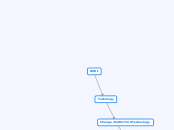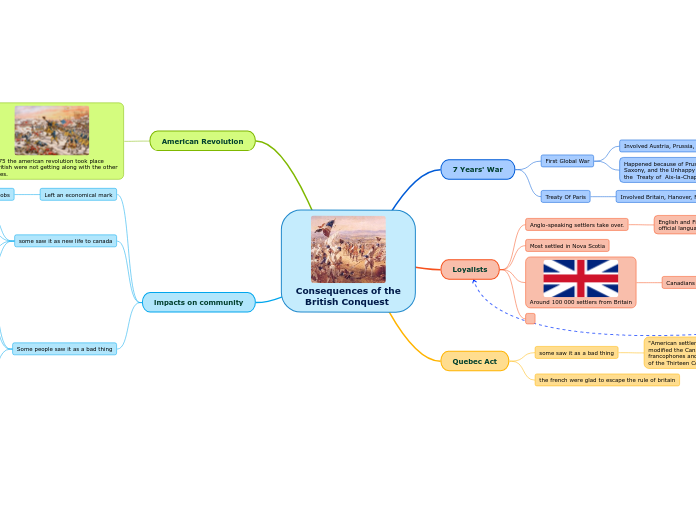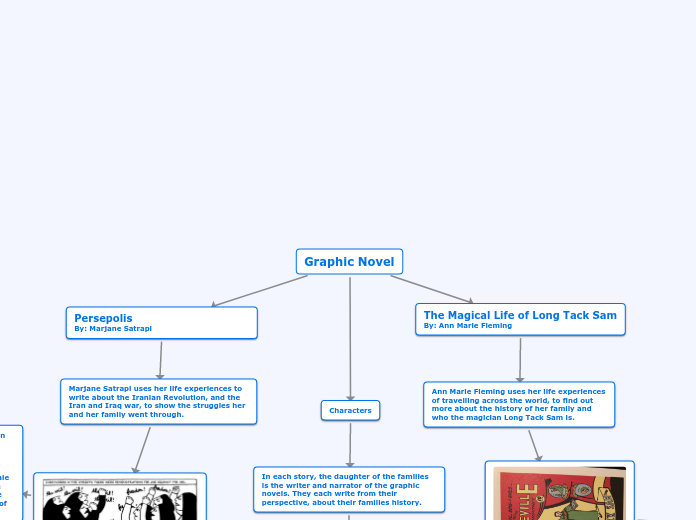realizată de Kashifa Rauf 10 luni în urmă
145
HISTORY TIMELINE
During the late 18th century, significant events shaped the course of American and North American history. The American Revolution was a pivotal period where colonists, frustrated by high taxes and lack of representation, demanded more autonomy from the British government, encapsulated in their cry of "









